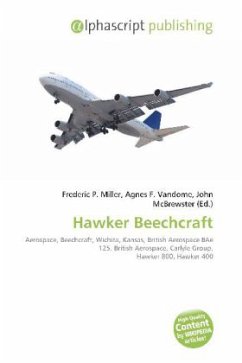Please note that the content of this book primarily consists of articles available from Wikipedia or other free sources online. The Hawker Tomtit is a British training biplane from the late 1920s. The Royal Air Force in 1927 required a replacement for their current elementary trainers, the elderly Avro 504Ns. They specified that the power plant should be an Armstrong Siddeley Mongoose engine, a radial five-cylinder type, and the design should "have regards to the elimination of the Woodworking Fitter trades." In other words: the airframe, though not its covering had to be metal. This led Sydney Camm, then chief designer at Hawkers to design the Tomtit, a single bay biplane whose frame was of steel and duralumin tubes. The spars were made of tubular dumbbell sections, the whole aircraft fabric covered. Automatic slots of the Handley Page type were fitted to the leading edges of the upper wing. It had the standard fixed main wheel and tail-skid undercarriage of its day. The engine was uncowled.
Bitte wählen Sie Ihr Anliegen aus.
Rechnungen
Retourenschein anfordern
Bestellstatus
Storno








